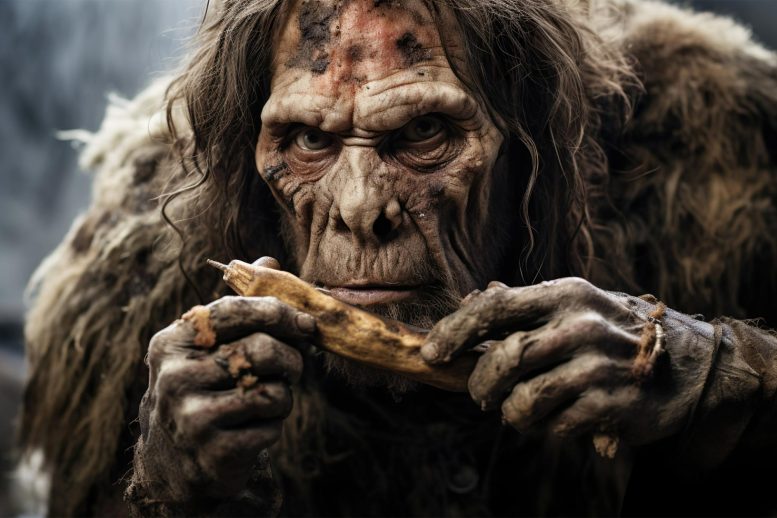
Researchers from the Smithsonian’s National Museum of Natural History have discovered the earliest evidence of probable cannibalism amongst human ancestors, dating back to 1.45 million years ago. Paleoanthropologist Briana Pobiner and her team found nine cut marks, indicative of stone tools, on a fossil shin bone belonging to a hominin species found in northern Kenya. The location and orientation of these marks suggest they were likely made during butchery for meat consumption.
Cut marks on a fossil leg bone belonging to a relative of modern humans were made by stone tools and could be evidence of cannibalism.
A 1.45-million-year-old hominin fossil with cut marks from stone tools, found in Kenya by Smithsonian researchers, provides the oldest evidence of probable cannibalism among human ancestors. The study redefines the understanding of early tool use and highlights the potential for new discoveries in museum collections.
Researchers from the Smithsonian’s National Museum of Natural History have identified the oldest decisive evidence of humans’ close evolutionary relatives butchering and likely eating one another.
In a new study published today, June 26, in Scientific Reports, National Museum of Natural History paleoanthropologist Briana Pobiner and her co-authors describe nine cut marks on a 1.45 million-year-old left shin bone from a relative of Homo sapiens found in northern Kenya. Analysis of 3D models of the fossil’s surface revealed that the cut marks were dead ringers for the damage inflicted by stone tools. This is the oldest instance of this behavior known with a high degree of confidence and specificity.
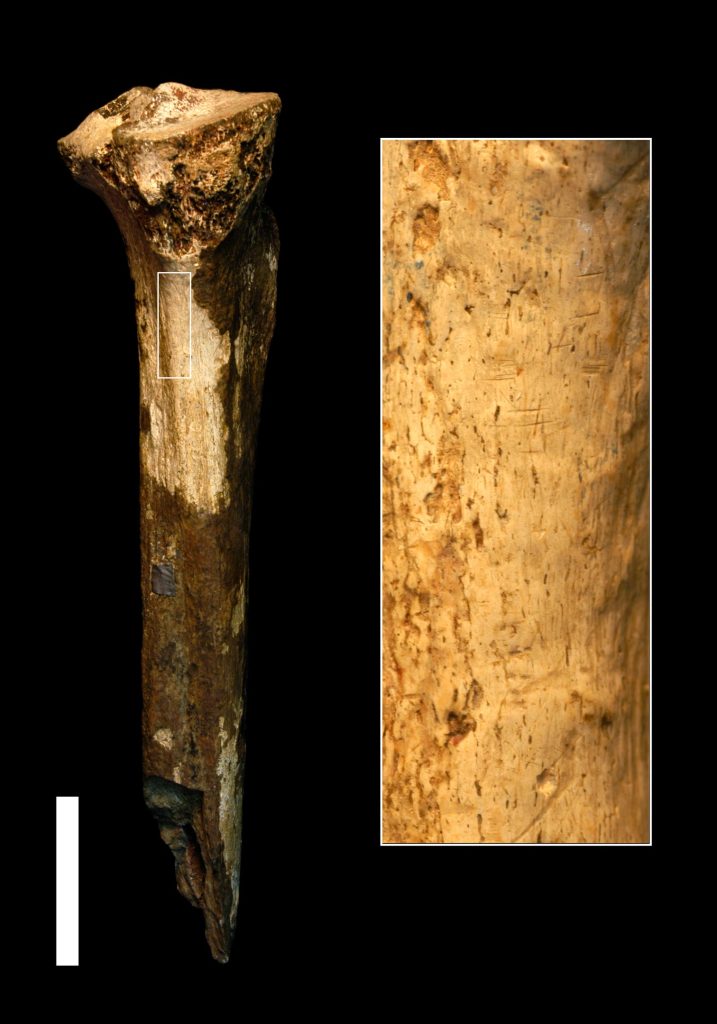
View of the hominin tibia and magnified area that shows cut marks. Scale = 4 cm. In a new study published today, June 26, in Scientific Reports, Smithsonian’s National Museum of Natural History paleoanthropologist Briana Pobiner and her co-authors describe nine cut marks on a 1.45 million-year-old left shin bone from a relative of Homo sapiens found in northern Kenya. Analysis of 3D models of the fossil’s surface revealed that the cut marks were dead ringers for the damage inflicted by stone tools. This is the oldest instance of this behavior known with a high degree of confidence and specificity. Pobiner first encountered the fossilized tibia, or shin bone, in the collections of the National Museums of Kenya’s Nairobi National Museum while looking for clues about which prehistoric predators might have been hunting and eating humans’ ancient relatives. With a handheld magnifying lens, Pobiner pored over the tibia looking for bite marks from extinct beasts when she instead noticed what immediately looked to her like evidence of butchery. “You can make some pretty amazing discoveries by going back into museum collections and taking a second look at fossils,” Pobiner said. “Not everyone sees everything the first time around. It takes a community of scientists coming in with different questions and techniques to keep expanding our knowledge of the world.” Credit: Jennifer Clark
“The information we have tells us that hominins were likely eating other hominins at least 1.45 million years ago,” Pobiner said. “There are numerous other examples of species from the human evolutionary tree consuming each other for nutrition, but this fossil suggests that our species’ relatives were eating each other to survive further into the past than we recognized.”
Pobiner first encountered the fossilized tibia, or shin bone, in the collections of the National Museums of Kenya’s Nairobi National Museum while looking for clues about which prehistoric predators might have been hunting and eating humans’ ancient relatives. With a handheld magnifying lens, Pobiner pored over the tibia looking for bite marks from extinct beasts when she instead noticed what immediately looked to her like evidence of butchery.
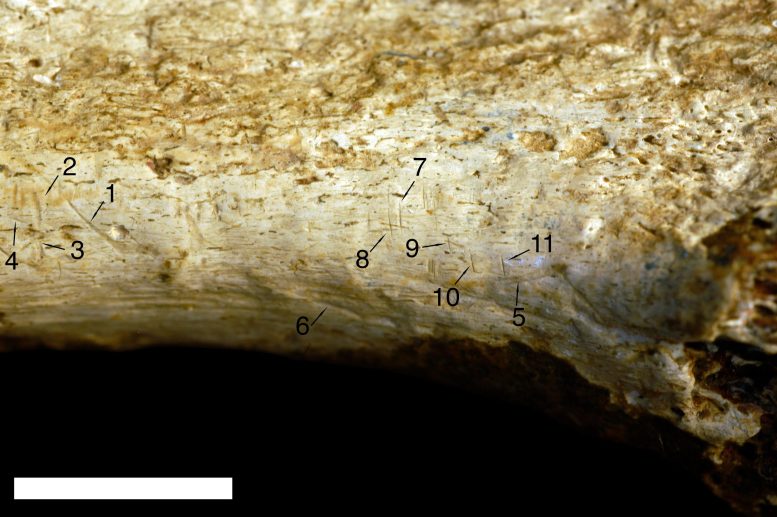
Nine marks identified as cut marks (mark numbers 1–4 and 7–11) and two identified as tooth marks (mark numbers 5 and 6) based on comparison with 898 known bone surface modifications. Scale = 1 cm. In a new study published today, June 26, in Scientific Reports, Smithsonian’s National Museum of Natural History paleoanthropologist Briana Pobiner and her co-authors describe nine cut marks on a 1.45 million-year-old left shin bone from a relative of Homo sapiens found in northern Kenya. Analysis of 3D models of the fossil’s surface revealed that the cut marks were dead ringers for the damage inflicted by stone tools. This is the oldest instance of this behavior known with a high degree of confidence and specificity. None of the stone-tool cut marks overlap with the two bite marks, which makes it hard to infer anything about the order of events that took place. For instance, a big cat may have scavenged the remains after hominins removed most of the meat from the leg bone. It is equally possible that a big cat killed an unlucky hominin and then was chased off or scurried away before opportunistic hominins took over the kill. Credit: Jennifer Clark
To figure out if what she was seeing on the surface of this fossil were indeed cut marks, Pobiner sent molds of the cuts—made with the same material dentists use to create impressions of teeth—to co-author Michael Pante of Colorado State University. She provided Pante with no details about what he was being sent, simply asking him to analyze the marks on the molds and tell her what made them. Pante created 3D scans of the molds and compared the shape of the marks to a database of 898 individual tooth, butchery and trample marks created through controlled experiments.
The analysis positively identified nine of the 11 marks as clear matches for the type of damage inflicted by stone tools. The other two marks were likely bite marks from a big cat, with a lion being the closest match. According to Pobiner, the bite marks could have come from one of the three different types of saber-tooth cats prowling the landscape at the time the owner of this shin bone was alive.
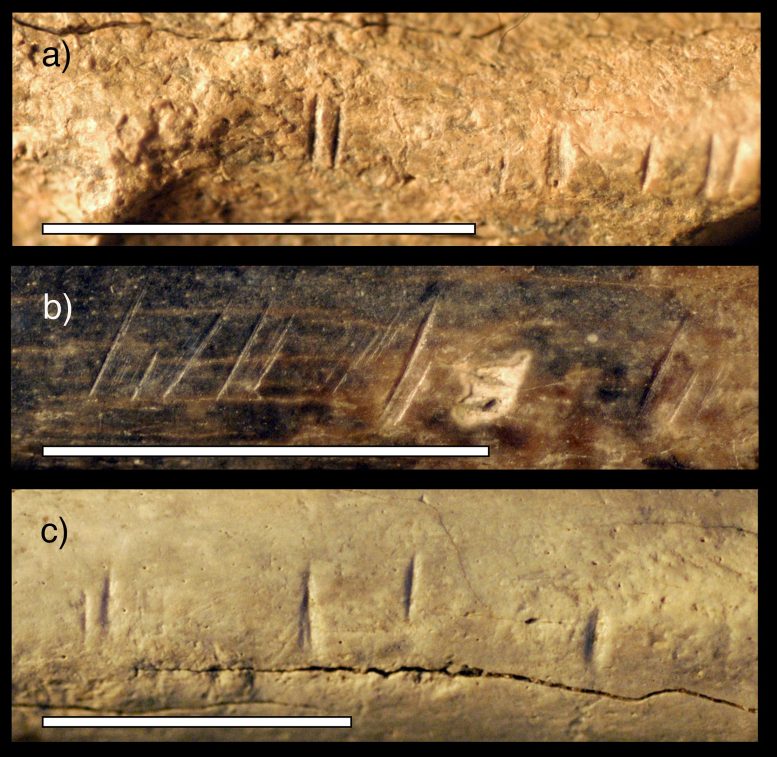
Close-up photos of three fossil animal specimens from the same area and time horizon as the fossil hominin tibia studied by the research team. These fossils show similar cut marks to those found on the hominin tibia studied. The photos show (a) an antelope mandible, (b) an antelope radius (lower front leg bone) and (c) a large mammal scapula (shoulder blade). In a new study published today, June 26, in Scientific Reports, Smithsonian’s National Museum of Natural History paleoanthropologist Briana Pobiner and her co-authors describe nine cut marks on a 1.45 million-year-old left shin bone from a relative of Homo sapiens found in northern Kenya. Analysis of 3D models of the fossil’s surface revealed that the cut marks were dead ringers for the damage inflicted by stone tools. This is the oldest instance of this behavior known with a high degree of confidence and specificity. By themselves, the cut marks do not prove that the human relative who inflicted them also made a meal out of the leg, but Pobiner said this seems to be the most likely scenario. She explained that the cut marks are located where a calf muscle would have attached to the bone—a good place to cut if the goal is to remove a chunk of flesh. The cut marks are also all oriented the same way, such that a hand wielding a stone tool could have made them all in succession without changing grip or adjusting the angle of attack. Credit: Briana Pobiner
By themselves, the cut marks do not prove that the human relative who inflicted them also made a meal out of the leg, but Pobiner said this seems to be the most likely scenario. She explained that the cut marks are located where a calf muscle would have attached to the bone—a good place to cut if the goal is to remove a chunk of flesh. The cut marks are also all oriented the same way, such that a hand wielding a stone tool could have made them all in succession without changing grip or adjusting the angle of attack.
“These cut marks look very similar to what I’ve seen on animal fossils that were being processed for consumption,” Pobiner said. “It seems most likely that the meat from this leg was eaten and that it was eaten for nutrition as opposed to for a ritual.”
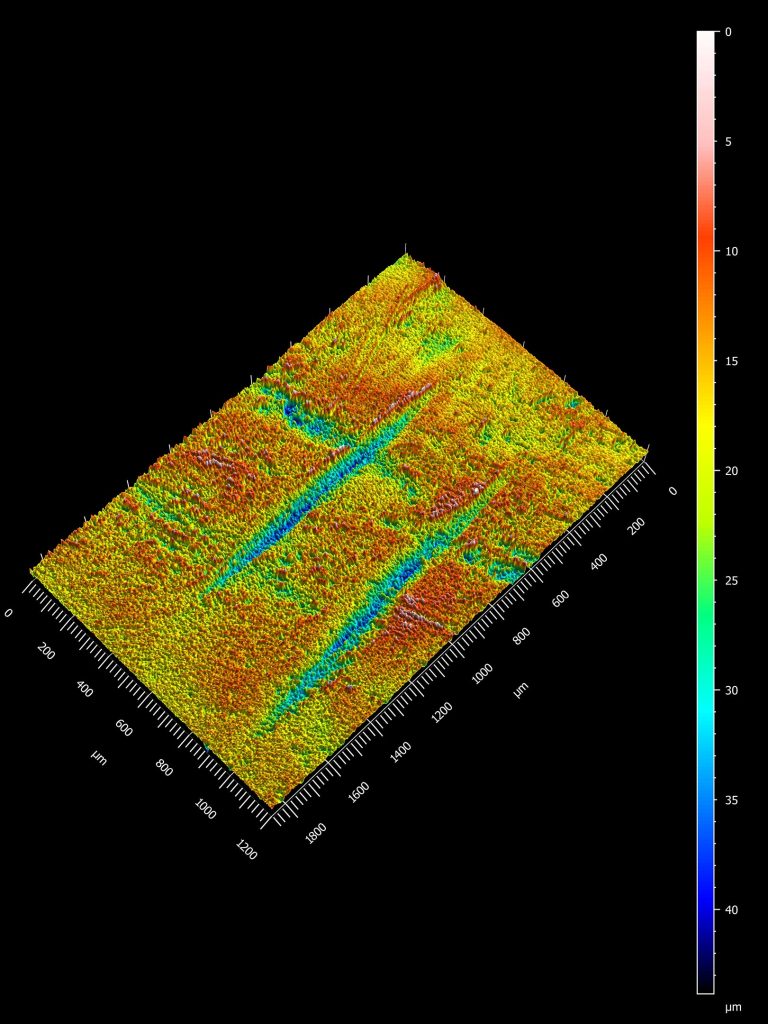
3D model of marks 7 and 8 identified as cut marks. In a new study published today, June 26, in Scientific Reports, Smithsonian’s National Museum of Natural History paleoanthropologist Briana Pobiner and her co-authors describe nine cut marks on a 1.45 million-year-old left shin bone from a relative of Homo sapiens found in northern Kenya. Analysis of 3D models of the fossil’s surface revealed that the cut marks were dead ringers for the damage inflicted by stone tools. This is the oldest instance of this behavior known with a high degree of confidence and specificity. Pobiner sent molds of the cuts—made with the same material dentists use to create impressions of teeth—to co-author Michael Pante of Colorado State University. She provided Pante with no details about what he was being sent, simply asking him to analyze the marks on the molds and tell her what made them. Pante created 3D scans of the molds and compared the shape of the marks to a database of 898 individual tooth, butchery and trample marks created through controlled experiments. The analysis positively identified nine of the 11 marks as clear matches for the type of damage inflicted by stone tools. The other two marks were likely bite marks from a big cat, with a lion being the closest match. According to Pobiner, the bite marks could have come from one of the three different types of saber-tooth cats prowling the landscape at the time the owner of this shin bone was alive. Credit: Michael Pante
While this case may appear to be cannibalism to a casual observer, Pobiner said there is not enough evidence to make that determination because cannibalism requires that the eater and the eaten hail from the same species.
The fossil shin bone was initially identified as Australopithecus boisei and then in 1990 as Homo erectus, but today, experts agree that there is not enough information to assign the specimen to a particular species of hominin. The use of stone tools also does not narrow down which species might have been doing the cutting. Recent research from Rick Potts, the National Museum of Natural History’s Peter Buck Chair of Human Origins, further called into question the once-common assumption that only one genus, Homo, made and used stone tools.
So, this fossil could be a trace of prehistoric cannibalism, but it is also possible this was a case of one species chowing down on its evolutionary cousin.
None of the stone-tool cut marks overlap with the two bite marks, which makes it hard to infer anything about the order of events that took place. For instance, a big cat may have scavenged the remains after hominins removed most of the meat from the leg bone. It is equally possible that a big cat killed an unlucky hominin and then was chased off or scurried away before opportunistic hominins took over the kill.
One other fossil—a skull first found in South Africa in 1976—has previously sparked debate about the earliest known case of human relatives butchering each other. Estimates for the age of this skull range from 1.5 to 2.6 million years old. Apart from its uncertain age, two studies that have examined the fossil (the first published in 2000 and the latter in 2018) disagree about the origin of marks just below the skull’s right cheekbone. One contends the marks resulted from stone tools wielded by hominin relatives and the other asserts that they were formed through contact with sharp-edged stone blocks found lying against the skull. Further, even if ancient hominins produced the marks, it is not clear whether they were butchering each other for food, given the lack of large muscle groups on the skull.
To resolve the issue of whether the fossil tibia she and her colleagues studied is indeed the oldest cut-marked hominin fossil, Pobiner said she would love to reexamine the skull from South Africa, which is claimed to have cut marks using the same techniques observed in the present study.
She also said this new shocking finding is proof of the value of museum collections.
“You can make some pretty amazing discoveries by going back into museum collections and taking a second look at fossils,” Pobiner said. “Not everyone sees everything the first time around. It takes a community of scientists coming in with different questions and techniques to keep expanding our knowledge of the world.”
Reference: “Early Pleistocene cut marked hominin fossil from Koobi Fora, Kenya” by Briana Pobiner, Michael Pante and Trevor Keevil, 26 June 2023, Scientific Reports.
DOI: 10.1038/s41598-023-35702-7
This research was supported by funding from the Smithsonian, the Peter Buck Fund for Human Origins Research and Colorado State University.

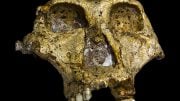
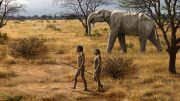
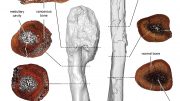
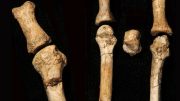
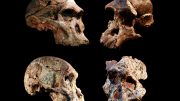
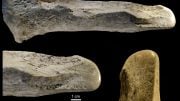
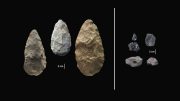

Well, that is upsetting news for vegetarians and vegans
All lies! Our Earth is only around 12,000 years old. Read the Holy Bible for the truth.
First, human beings are on earth for no more than 7 thousand years.
Evidence: real archeology, Bible
Second, make sure you use the word theory, because this could be for human sacrifices….
The day that scents can prove that evolution was real. Show the remains of the billions kinds of very weird animals/ humans/ something bones. Thank you
“Scents”, suggesting man made superstition myth is fact, conflating the term of popular “theory” with the older scientific use which means factual explanation of facts, …!?
During basic engineering studies students are shown how to radiologically date samples to much older dates, including the dates mentioned in the article.
Everyone that is not afraid of the facts of nature can visit such free public genome databases as NCBI, watch their videos showing how to do own analysis and then test evolution for themselves in two to three hours. (My personal favorite was then I could show how archaea relates better to us eukaryotes than bacteria by showing how their transcription factors are ancestral to ours, we inherited it from a common ancestor by descent with modification.) It costs nothing except that unfactual ideas such as you suggest are demolished for you.